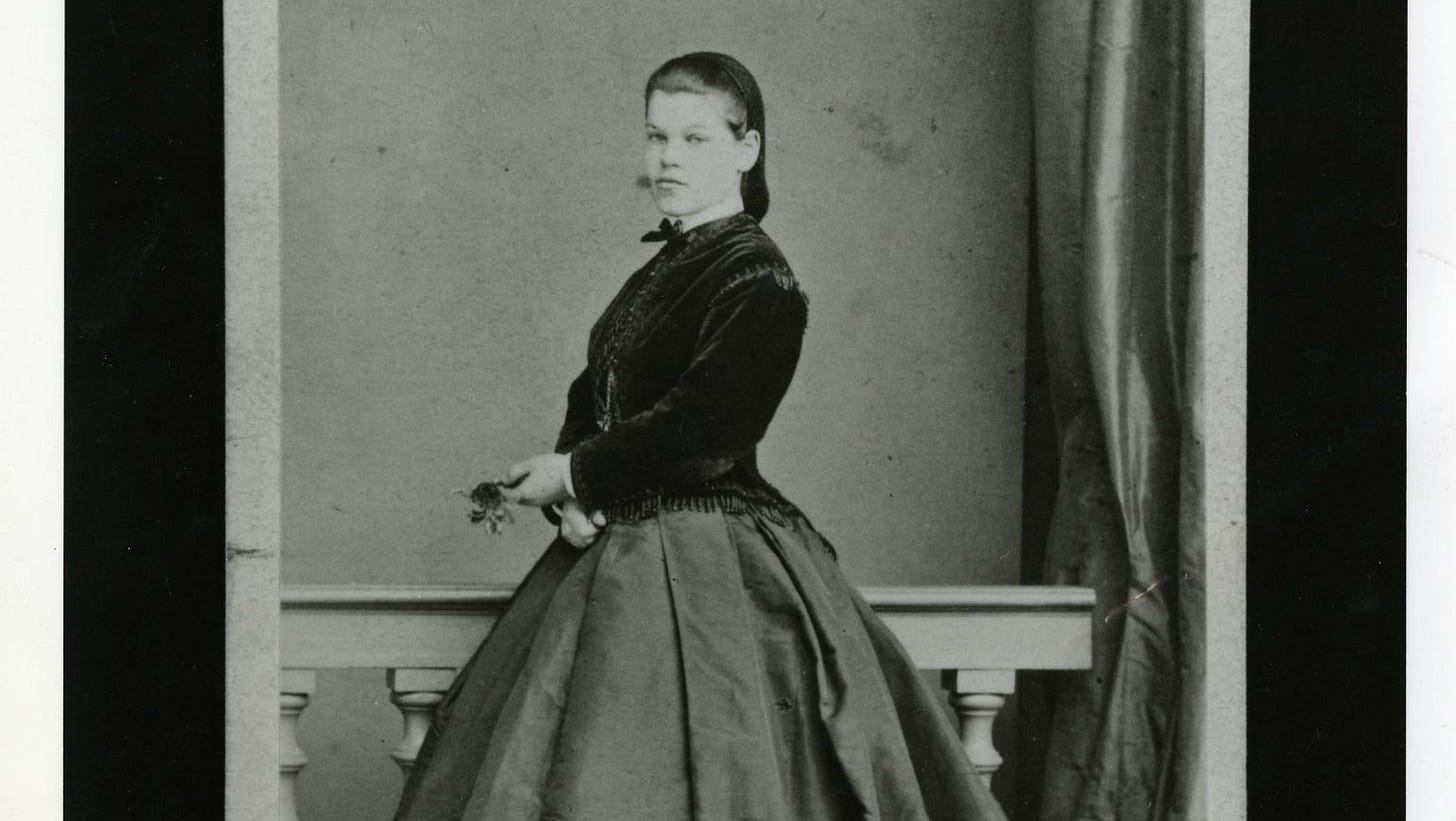A woman of substance: the unconventional Alice de Rothschild
A French-style chateau owned by a banking heiress in the English countryside hardly seems the place to ponder women’s lib and the democratisation of society after a brutal European war. But Waddesdon
Manor, Alice de Rothschild’s sprawling Buckinghamshire estate, tells a story of inevitable change in a period not unlike today, one marked by conflict, infectious disease and shifting supply chains. Like its chatelaine, Waddesdon is a period piece with 21st-century resonance.
The manor has a new exhibition to mark the centenary of Alice’s death. On
display are the typical preoccupations of a privileged woman. Exquisite items testify to Alice’s taste in art; her talent for canny acquisitions of Sèvres porcelain, early English earthenware, Renaissance tin-glazed ceramics, Staffordshire pottery of Tipu’s tiger eating a man and a Savonnerie carpet commissioned by Louis XIV for a gallery in the Louvre.
A pocket dictionary in German, English and French, by the 19th-century educator Friedrich Ernst …
Keep reading with a 7-day free trial
Subscribe to This Week, Those Books to keep reading this post and get 7 days of free access to the full post archives.





